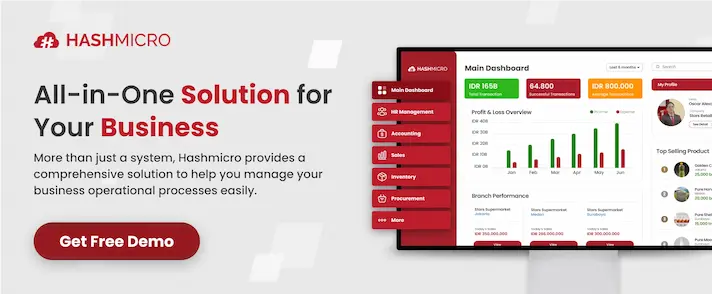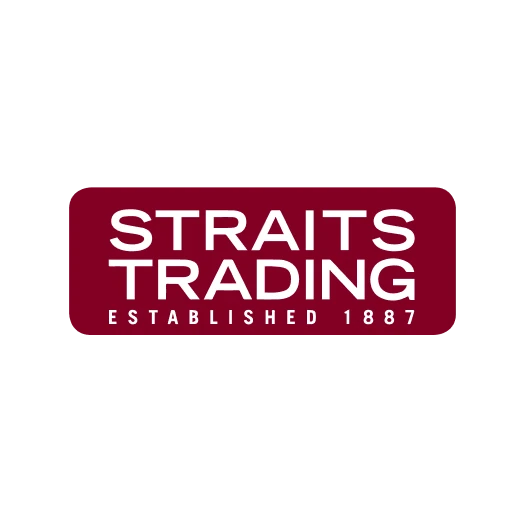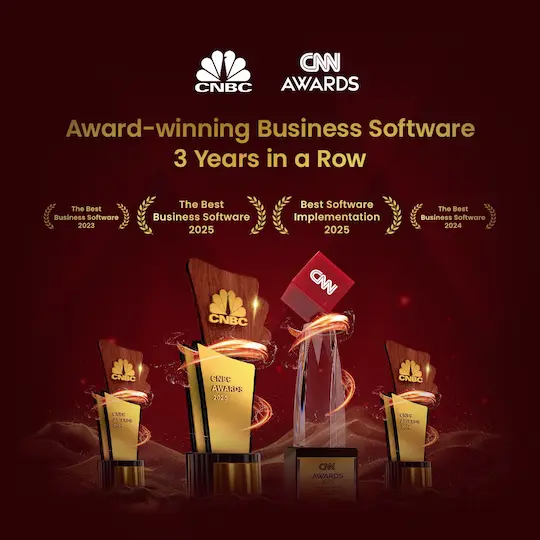Imagine if all your customer, product, and supplier data were scattered across various systems without any unity. Over time, this would lead to inaccurate reports and inefficient business processes. As a result, operational costs would increase, and the long-term stability of your business would be threatened.
Research from the Singapore government shows that adopting various digital technologies, including e-commerce and data analytics, can increase productivity by around 25% and add value to companies by 16%. This shows that centralized data management, such as through MDM, has a real impact on business performance.
To address this challenge, many business owners are beginning to implement a structured, data-driven approach. One of the key steps is to use Master Data Management or MDM. This article will discuss the definition, benefits, and implementation strategies of MDM for businesses.
Key Takeaways
|
What is Master Data Management (MDM)?
Master Data Management (MDM) is a structured process of creating and maintaining a single, trusted record for each key business entity, such as a person, place, or item, by consolidating centralized item information from various internal and external sources. The data is deduplicated, reconciled, and enriched to ensure consistency and reliability.
This master record becomes the authoritative source that supports enterprise-wide access to accurate, real-time data. By eliminating redundancy and resolving discrepancies, MDM ensures that departments work with unified and accurate information across systems and applications.
With consistent master data in place, businesses can reduce reporting errors, improve data-driven decisions, and drive operational efficiency. It strengthens enterprise analytics, enhances data visualization quality, and serves as a foundation for digital transformation and business growth.
The Key Components of Master Data Management
To successfully implement MDM, businesses must understand its critical components. These elements ensure the scalability and long-term success of any master data management strategy.
1. Master records and data governance
Master records are the trusted source for key business data, ensuring an enterprise data solution. Data governance defines responsibilities, access, and policies for maintaining secure and accurate data. Together, they ensure accountability, reduce risk, and support regulatory compliance.
2. Data integration and harmonization
Integration connects data from multiple platforms to create a unified enterprise view. Harmonization removes duplicates and conflicts, producing a consistent and reliable dataset. These steps are vital for aligning systems and enabling confident decision-making.
3. Data cleansing and standardization
Cleansing corrects errors and fills gaps in data to ensure accuracy and relevance. Standardization applies uniform formats across records, improving clarity and usability. This process improves data quality for operations, analytics, and reporting.
4. Hierarchy and metadata management
Hierarchy management defines relationships between data groups, such as regions or product lines. Metadata captures definitions, attributes, and data origins for better transparency. These components bring structure and understanding to your master data environment.
Benefits of Master Data Management (MDM)

Master Data Management improves how a business manages and uses its data. The following are key benefits that help companies work more efficiently and make better decisions.
1. Improved data quality and accuracy
MDM eliminates errors and inconsistencies in critical data, ensuring accuracy across the entire system. Reliable master data improves operations and customer satisfaction by reducing costly errors. It also facilitates audits and increases confidence in reporting and compliance.
2. Streamlined business processes and operations
Integrated data enables smoother workflows with fewer errors and minimal manual intervention. Automated processes reduce delays and operational costs across business units. Increased efficiency facilitates scalability and adaptation in competitive markets.
3. Better compliance and risk management
MDM supports secure, traceable data that meets compliance standards and policies. This reduces legal risk by controlling access and maintaining accurate records. Strong governance facilitates rapid response during audits or regulatory inspections.
4. Enhanced decision-making and analytics
Reliable data supports analysis with accurate inputs for better business insights. Leaders gain a complete and consistent view of operations and performance. This clarity helps identify trends, optimize strategies, and drive growth.
Common Uses and Applications of Master Data Management
Master Data Management can be applied in many areas of a business. The following are key functions where MDM brings the most impact.
1. MDM in CRM (Customer Relationship Management)
MDM helps consolidate customer data from various systems to create a single source of truth. This prevents errors such as sending bills to old addresses or duplicate data. With clean and consistent customer data, businesses can improve personalization and loyalty.
2. MDM in ERP (Enterprise Resource Planning) Systems
ERP requires accurate master data so that all modules, such as finance, procurement, and inventory, run synchronously. MDM ensures that all data used in ERP is consistent and not duplicated. With a single source of truth, financial reporting and planning become more reliable.
3. Product Information Management (PIM)
PIM uses MDM to ensure product descriptions, prices, and specifications are consistent across all channels. This prevents pricing and labeling errors that could harm customers and businesses. This consistency supports operational efficiency and enhances consumer trust.
4. MDM for regulatory compliance
Complete and accurate master data is essential for complying with industry regulations such as KYC or manufacturing standards. MDM provides centralized control and audit-ready documentation. This helps reduce the risk of non-compliance and simplifies the compliance process.
Steps to Implement a Successful Master Data Management Strategy
A well-defined strategy is essential for realizing the full potential of MDM. Here are the key steps businesses can follow.
1. Assessing your current MDM maturity
The first step is to assess the extent of your organization’s capabilities and readiness in managing master data. This includes evaluating the systems currently in use, data quality, and existing management practices.
Identify the most frequently used internal and external data sources, as well as areas prone to duplication or inconsistency.
This assessment helps establish a baseline and serves as the foundation for building a targeted and high-impact improvement roadmap.
2. Defining a clear MDM vision and roadmap
Create a clear vision of the role of MDM in supporting your business’s strategic goals. This vision should describe the long-term value you want to achieve, such as operational efficiency, improved reporting accuracy, or regulatory compliance.
Establish a realistic and structured implementation roadmap, starting with the most critical data domains, such as customer or product data. A phased strategy allows the organization to manage change and demonstrate results earlier.
Engage cross-departmental stakeholders to foster ownership and collaboration at every stage of implementation.
3. Choosing the right MDM tools and solutions
Choose master data management tools that can support business growth and are easy to integrate with existing systems. Important features to consider include:
- Automated data matching and consolidation
- Role-based access control
- Support for workflows and audit trails
The ideal platform will provide flexible deployment options, both in the cloud and on-premises and offer robust data governance capabilities to support compliance and visibility.
Improve Repeat Purchase Rate with HashMicro ERP Software
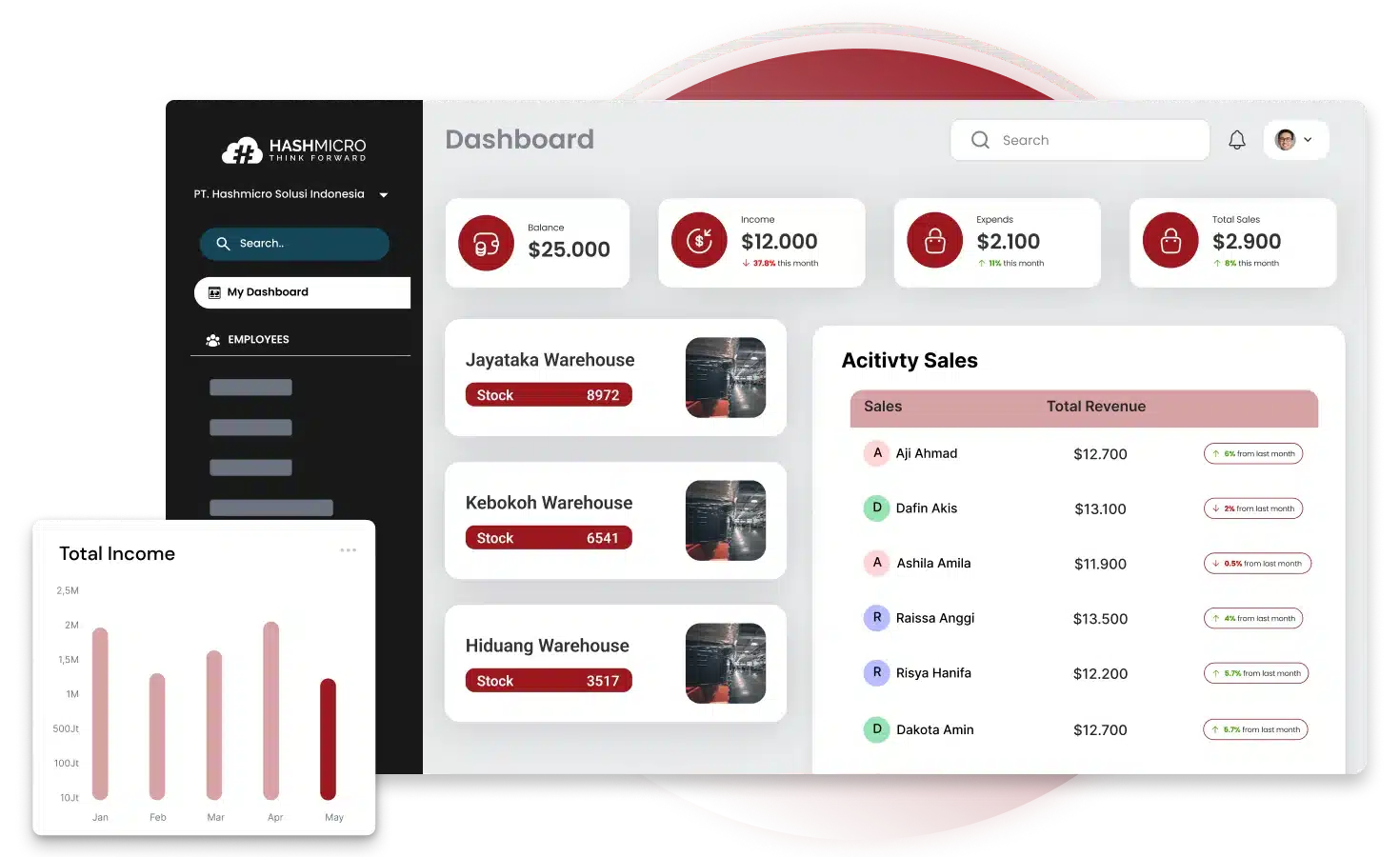
In implementing Master Data Management, the quality of customer, product, and transaction data is very important for increasing loyalty. HashMicro ERP Software provides an integrated system to create a single source of accurate and consistent data. This process starts from sales transactions to customer retention strategies.
With a centralized data system, HashMicro ERP helps build clean and non-duplicative master data. Customer information, such as purchase history and product preferences, is recorded in real-time. This enables marketing and operational divisions to work using consistent data.
This approach supports more targeted repeat purchase strategies based on previous behavioral analysis. Validated data across departments strengthens the entire process to drive efficiency. HashMicro ERP facilitates more accurate and customer-centric decision-making.
Features Supporting MDM-Based Repeat Purchase Strategies
- Multi-payment Method: records all customer payment methods into a consolidated system. This strengthens the integration between transaction and financial data, creating clean data records and facilitating analysis of customer purchasing behavior.
- Inventory Tracking: Provides real-time inventory tracking directly linked to product master data. This ensures that customers’ favorite products are always available, supporting seamless repeat purchase satisfaction.
- Customer & Promotion Management: Customer master data is managed accurately and can be used for targeted promotional campaigns. With data-driven segmentation based on historical data, companies can design loyalty programs and personalized promotions that enhance customer retention.
- Easy Billing & Reconciliation: Billing and reconciliation processes are automatically synchronized between the finance and sales modules. This ensures transaction data accuracy and speeds up customer payment processes without overlapping information.
- Return, Refund, & Credit Management: Every return or refund process is neatly documented in the ERP system. With standardized data structures, companies can build trust through transparent and fast post-transaction services.
- Comprehensive Reporting: Generate detailed reports based on cleaned and validated master data. This data helps companies understand purchasing patterns, design effective promotions, and strategically increase repeat purchases.
Conclusion
Master Data Management (MDM) is an important indicator for measuring data consistency, operational efficiency, and the effectiveness of your digital transformation efforts. Monitoring MDM practices helps businesses ensure that their data is accurate and unified, which drives long-term success and profitability.
With HashMicro’s ERP Software, companies can build a centralized data system, automate cross-departmental processes, and provide real-time insights, all designed to strengthen decision-making and enhance the overall business lifecycle experience.
Additionally, eligible businesses in Singapore can leverage up to 70% funding support through the CTC Grant, implementing enterprise-level MDM tools more affordable and efficient.
Book a free demo today and discover how improving your master data management can lead to sustainable growth and stronger business performance.
Warning: Undefined array key "med" in /home/hashmicr/public_html/blog/wp-content/plugins/insert-headers-and-footers/includes/class-wpcode-snippet-execute.php(419) : eval()'d code on line 281
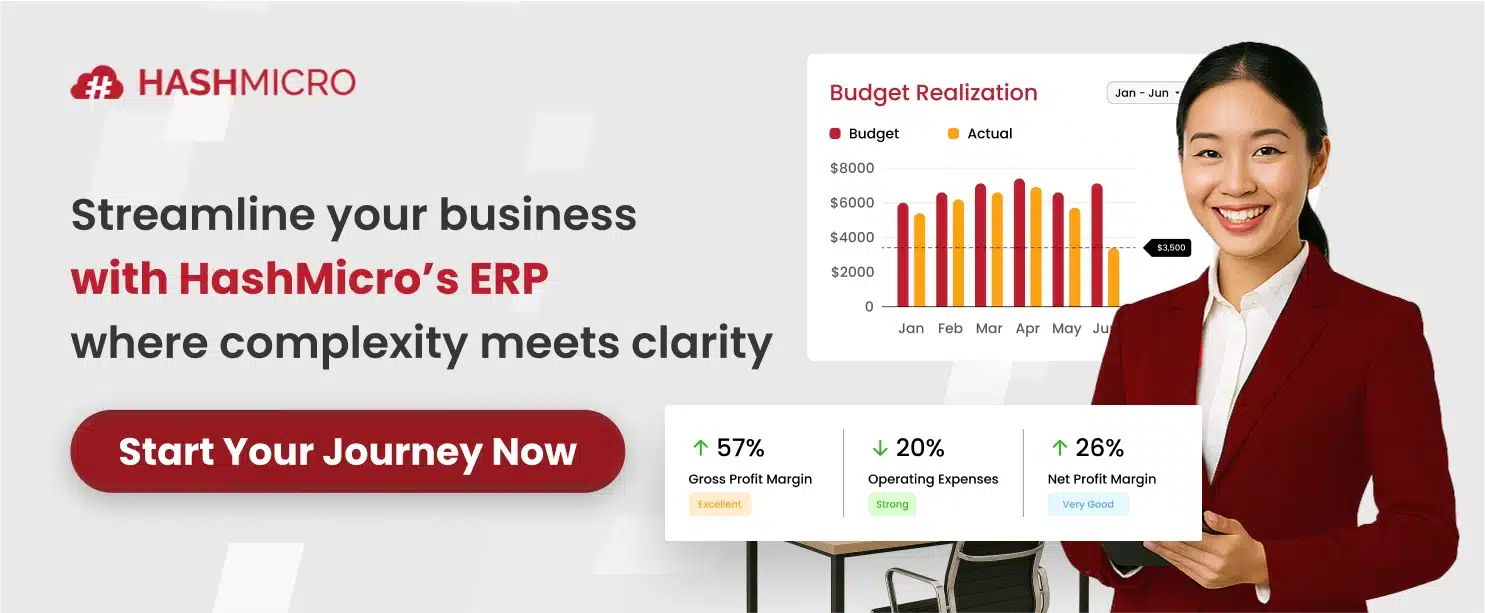
Question About Master Data Management
-
What are the 4 types of MDM?
The four common types of Master Data Management (MDM) are:
– Customer Data MDM – manages consistent customer profiles across systems.
– Product Data MDM – ensures accurate product information for sales and supply chains.
– Supplier Data MDM – standardizes vendor and procurement records.
– Employee Data MDM – centralizes workforce information for HR and payroll systems.
Each type enables better decision-making, especially for businesses operating in multi-entity environments like Singapore. -
What is the difference between ETL and MDM?
ETL (Extract, Transform, Load) is a process used to move and transform data from one system to another, typically into a data warehouse. MDM, on the other hand, focuses on creating a single, accurate version of master data across systems. While ETL helps in data consolidation, MDM ensures that this data is clean, reconciled, and governed for consistent use across the enterprise.
-
What is the difference between CRM and MDM?
CRM (Customer Relationship Management) systems manage interactions and relationships with customers. MDM, in contrast, governs the underlying customer data used across all systems, including CRM. While CRM focuses on engagement, MDM ensures that the data within the CRM and everywhere else is accurate, consistent, and reliable.
-
What is an example of MDM?
An example of MDM is a retail company in Singapore using an ERP system to maintain a single customer profile across its e-commerce, POS, and CRM platforms. By applying MDM, the business avoids duplicate records, ensures accurate addresses, and delivers personalized marketing, all powered by consistent customer data.


